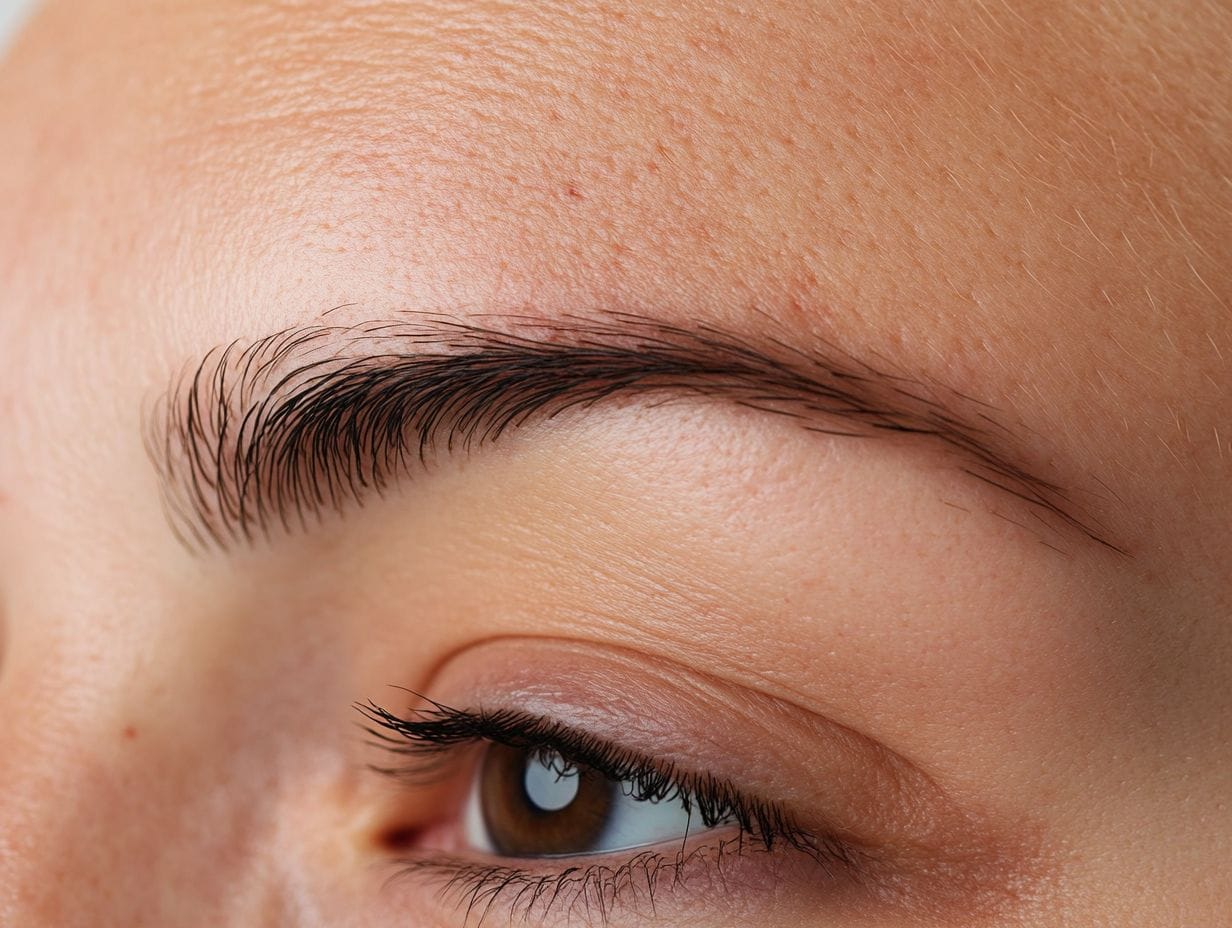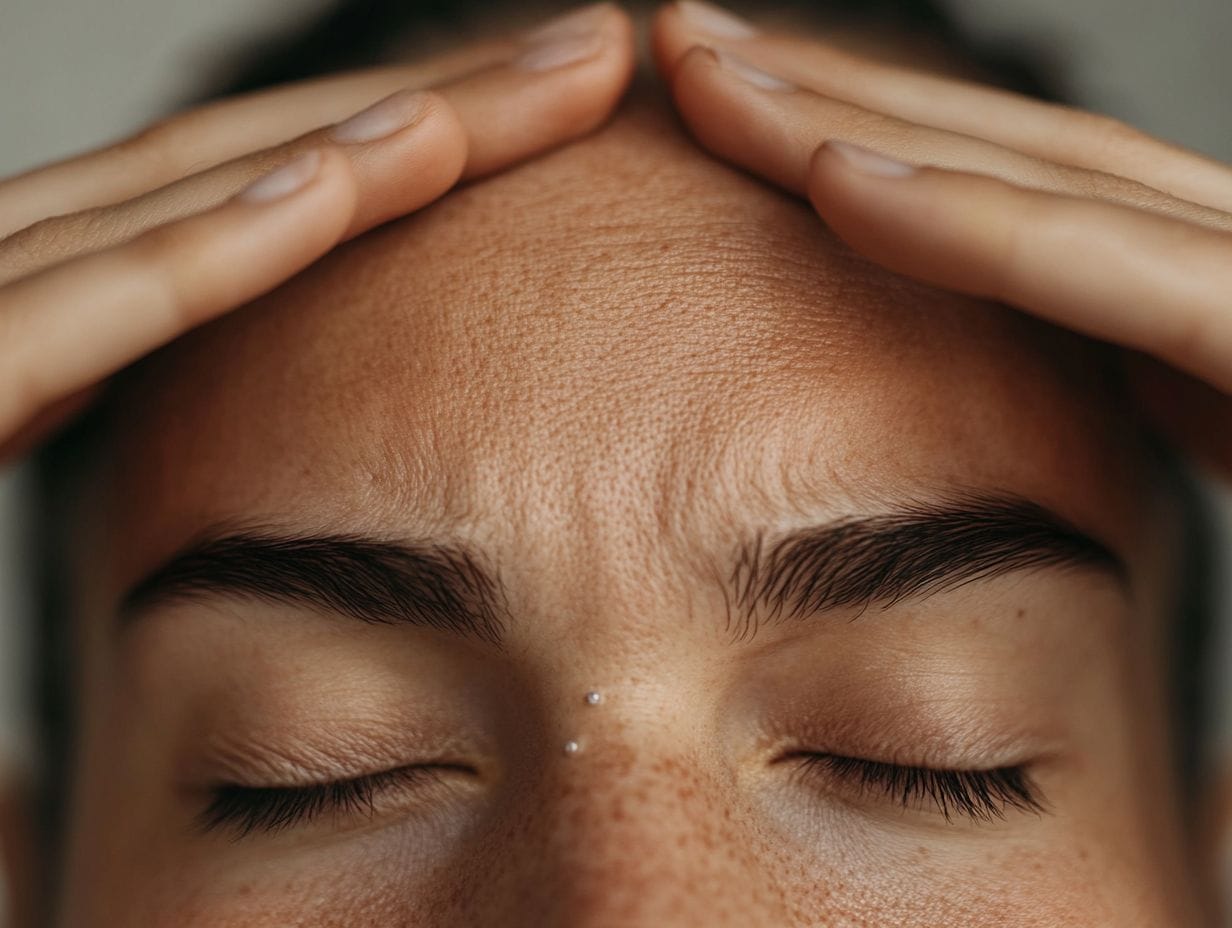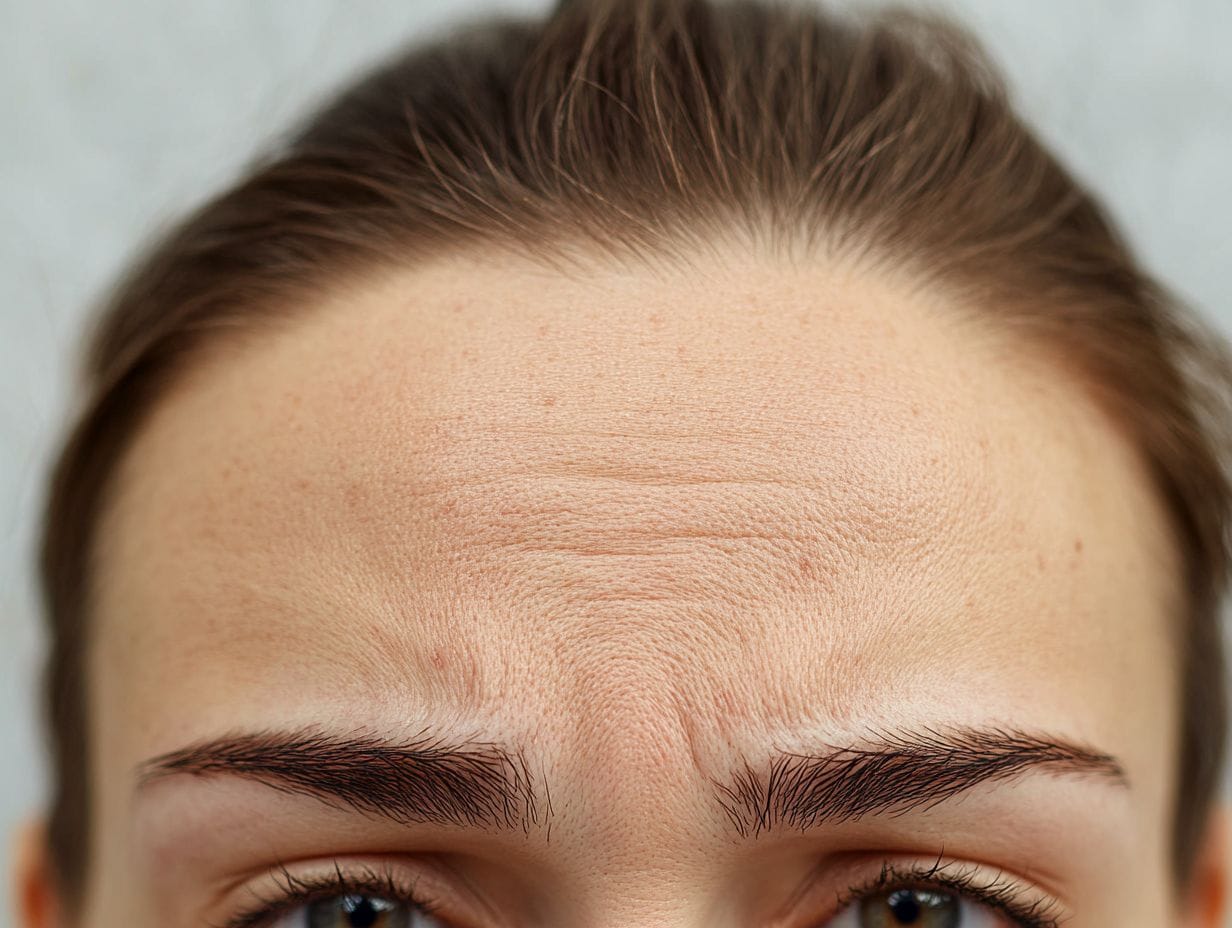Migraines can be debilitating, often leaving individuals searching for effective relief. One innovative treatment gaining traction is Botox, commonly known for its aesthetic applications but also recognized for its ability to ease chronic migraines. This article explores the connection between migraines and trigger points, delves into the mechanisms of Botox as a treatment, and highlights […]







 Botox can be administered in multiple areas of the head and neck to effectively treat chronic migraines. This treatment targets specific muscle groups, including the frontalis, temporalis, occipitalis, corrugator, and procerus muscles, thereby alleviating tension and reducing the symptoms associated with migraines.
Botox can be administered in multiple areas of the head and neck to effectively treat chronic migraines. This treatment targets specific muscle groups, including the frontalis, temporalis, occipitalis, corrugator, and procerus muscles, thereby alleviating tension and reducing the symptoms associated with migraines. The corrugator muscles, situated in the forehead, are known to contribute to migraine pain, rendering them a significant target for Botox injections intended to decrease the frequency and severity of headaches.These muscles primarily function to furrow the brow, creating expressions associated with worry or concentration. When these muscles contract excessively, they can result in heightened tension and discomfort in the surrounding areas. Administering Botox to these specific muscles effectively relaxes them, alleviating not only the physical strain commonly experienced during a migraine but also interrupting pain signalling pathways.This dual action of relieving facial tension and reducing the overall frequency of migraines positions Botox as a promising option for individuals seeking relief from persistent headache symptoms. The resulting improvement in facial relaxation contributes to a more comfortable and less stressful daily experience.
The corrugator muscles, situated in the forehead, are known to contribute to migraine pain, rendering them a significant target for Botox injections intended to decrease the frequency and severity of headaches.These muscles primarily function to furrow the brow, creating expressions associated with worry or concentration. When these muscles contract excessively, they can result in heightened tension and discomfort in the surrounding areas. Administering Botox to these specific muscles effectively relaxes them, alleviating not only the physical strain commonly experienced during a migraine but also interrupting pain signalling pathways.This dual action of relieving facial tension and reducing the overall frequency of migraines positions Botox as a promising option for individuals seeking relief from persistent headache symptoms. The resulting improvement in facial relaxation contributes to a more comfortable and less stressful daily experience. The injection procedure for Botox involves the meticulous administration of the neurotoxin into targeted muscle groups, accompanied by comprehensive aftercare instructions designed to minimise discomfort and potential side effects for the patient.During the procedure, a qualified professional typically utilises a fine needle to inject the Botox solution. Specific techniques, such as the 'micro-droplet' method, are often employed to ensure precise placement and to reduce pain. To further alleviate discomfort, practitioners may apply a topical anaesthetic or ice to the area prior to the injection.Post-treatment, it is crucial for individuals to adhere to tailored aftercare recommendations, including the avoidance of strenuous activities and refraining from touching or massaging the injection sites. Potential side effects, which may range from mild bruising to temporary headaches, can generally be managed with over-the-counter pain relief and adequate hydration. Regular follow-up appointments are encouraged to monitor results and address any concerns that may arise.
The injection procedure for Botox involves the meticulous administration of the neurotoxin into targeted muscle groups, accompanied by comprehensive aftercare instructions designed to minimise discomfort and potential side effects for the patient.During the procedure, a qualified professional typically utilises a fine needle to inject the Botox solution. Specific techniques, such as the 'micro-droplet' method, are often employed to ensure precise placement and to reduce pain. To further alleviate discomfort, practitioners may apply a topical anaesthetic or ice to the area prior to the injection.Post-treatment, it is crucial for individuals to adhere to tailored aftercare recommendations, including the avoidance of strenuous activities and refraining from touching or massaging the injection sites. Potential side effects, which may range from mild bruising to temporary headaches, can generally be managed with over-the-counter pain relief and adequate hydration. Regular follow-up appointments are encouraged to monitor results and address any concerns that may arise.

